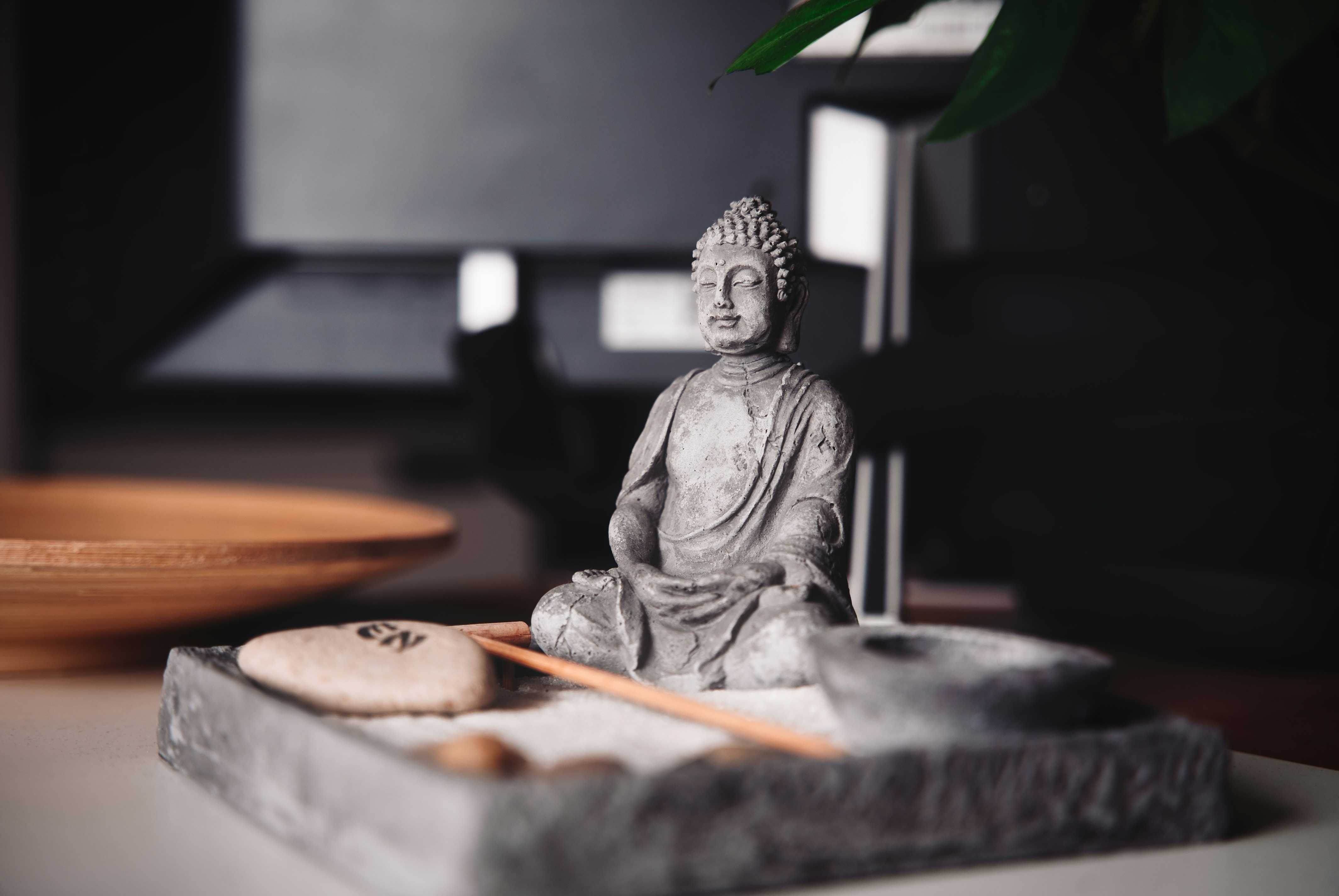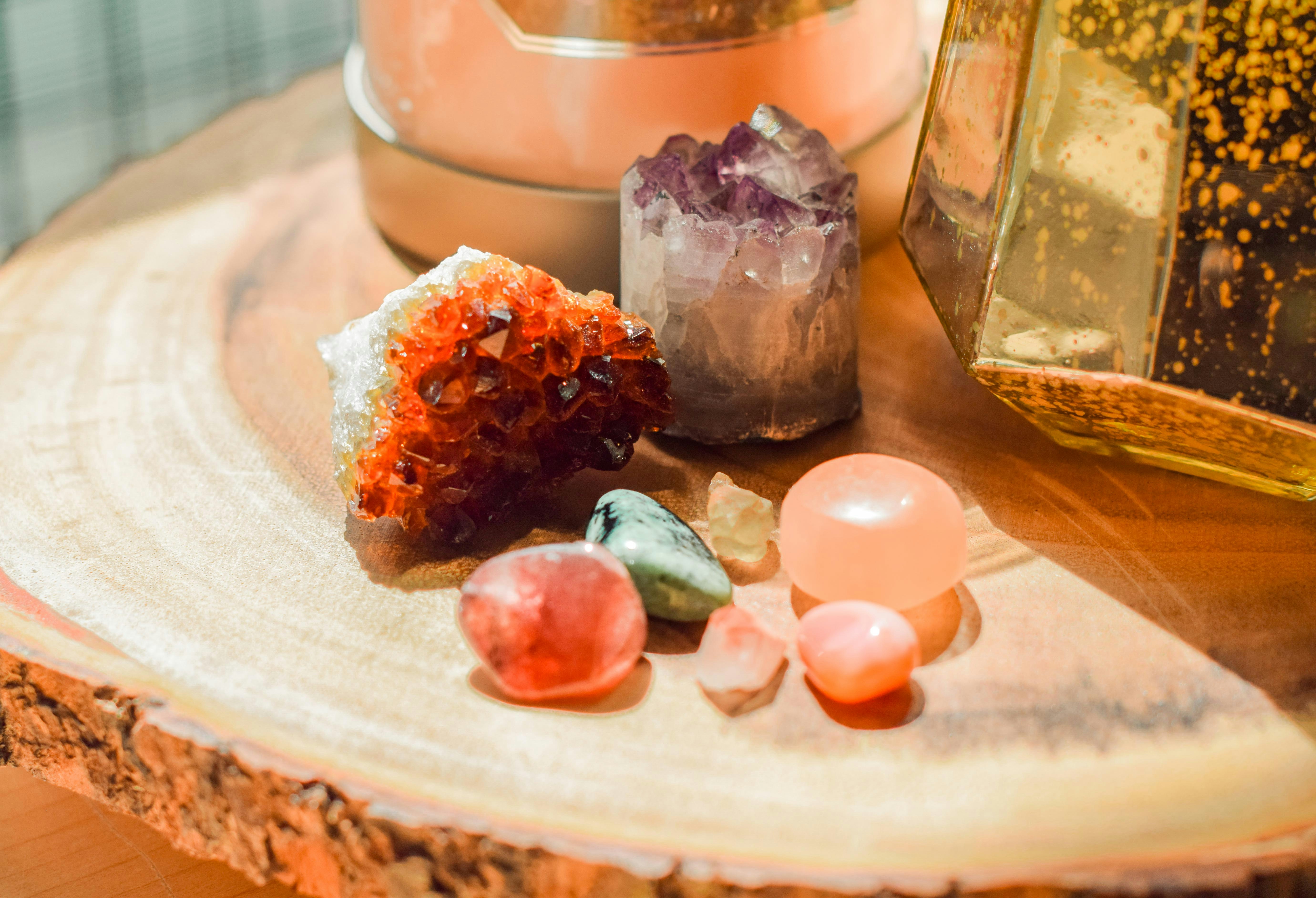Tranquil Soothe: Therapeutic Spaces in Interior Design
In an era of hurried schedules and bustling life, more homeowners are seeking a sanctuary within their homes—a refuge of tranquility that offers both relaxation and therapy. From meditation nooks to zen courtyards, the interior design world is welcoming a fresh wave of therapeutic spaces that significantly improve well-being and quality of life.

The Genesis of Therapeutic Spaces
The idea of a serene, therapeutic space might seem like a modern innovation, yet its roots trace back thousands of years. The ancient Chinese practiced Feng Shui, governing spatial arrangements to harmonize with the surrounding environment. Ancient Greeks built sanctuaries for healing, advocating natural light, clean air, and peaceful settings for recovery. Similarly, Japanese tea houses, tranquil temples for meditation, employ minimalist design, signifying simplicity, tranquility, and a connection with nature.
Despite these ancient traditions, it wasn’t until recently that therapeutic spaces saw a resurgence, accentuated by the stressful modern lifestyle contrasted with a growing emphasis on mental health and well-being.
The Rise of Therapeutic Design
As psychiatrists and psychologists recognized the impacts of physical environments on mental health, the field of therapeutic design took root. Color theory, a major aspect of interior design, got redefined as designers started exploring the psychological impacts of colors. Further incorporating elements of biophilic design, designers began infusing natural elements into interior spaces, helping occupants forge a deeper connection with nature, fostering relaxation and reducing stress.
Healthcare facilities first adopted this phenomenon, with many hospitals now featuring healing gardens and art installation, working towards a soothing environment for patients. Gradually, homes started welcoming this concept too—giving birth to what we now know as therapeutic interior design.
Decoding the Therapeutic Spaces Trend
As this trend gains traction, homeowners are seeking unique ways to include therapeutic spaces within their homes. Meditation rooms, relaxation corners, yoga studios, indoor greenery, water bodies, art corners, or reading nooks are becoming invaluable aspects of modern homes.
Therapeutic spaces provide a sense of calmness, a sanctuary where one can relax from the buzz of daily life. The design tactic centers on the use of calm and soothing color palettes, natural elements like wood and stone, fragrant herbs, and soft, warm lighting.
The Appeal and Relevance
In the current high-stress era, having a serene space at home where individuals can ‘disconnect’ and recharge has become more crucial than ever. The practical appeal of these spaces is the flexibility they offer. They can be as spacious as a dedicated room or as compact as a quiet corner by the window, fitting seamlessly into virtually any home.
Market trends also reflect this rising demand, as home décor brands now offer relaxation-focused products like calming wall art, soundproofing materials, and ergonomic furniture catering to this trend.
Balancing Wellness and Stylish Design
Creating a therapeutic space does not mean compromising on style or aesthetic appeal. By incorporating elements like indoor greenery, art pieces, soft textures, color theory, or elegant furniture, homeowners can create a relaxing yet trendy living space.
Therapeutic spaces focus on the principle of ‘less is more’. A clutter-free, organized space welcomes peace of mind and aids relaxation. Homeowners can further personalize the space with elements like family heirlooms, favorite books, or private art collections.
In conclusion, therapeutic spaces in interior design present an innovative and practical solution to modern living challenges— providing a serene, aesthetically pleasing environment that caters to both physical rest and mental rejuvenation. Expect to see more of this living trend flourish as our desire for tranquility within our homes continues to strengthen.




